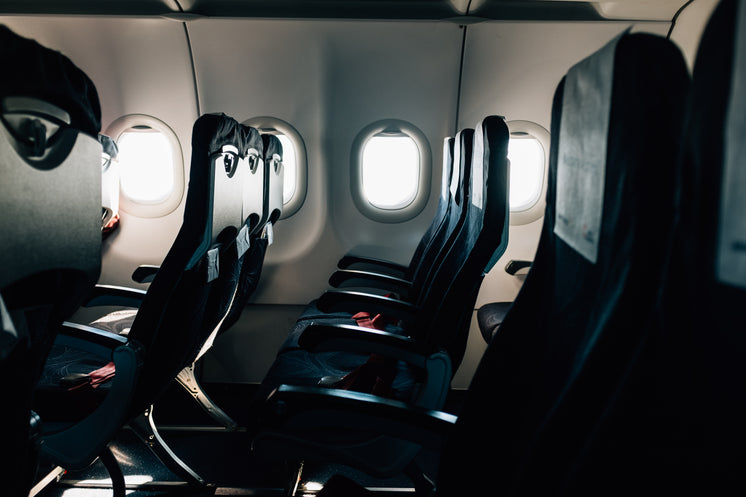mickiehartz15
About mickiehartz15
The Evolution and Impression of Private Jets In Fashionable Aviation
The world of aviation has undergone important transformations over the many years, with private jets rising as a logo of luxurious, efficiency, and exclusivity. Initially seen as a privilege for the elite, private jets have evolved to develop into a important element of each enterprise and leisure journey. This text delves into the history, advantages, environmental considerations, and future traits of private jets, showcasing their affect on modern aviation.
A quick Historical past of Private Jets
The concept of private air travel began in the early 20th century, however it wasn’t until the submit-World Conflict II period that private jets gained traction. If you have any sort of questions relating to where and how you can utilize private jet rental cost (click this link now), you could call us at the web page. The introduction of the de Havilland Comet in 1949 marked the start of the jet age, and by the 1960s, manufacturers like Learjet and Cessna started producing smaller jets designed for private use. The Learjet 23, introduced in 1964, is often credited with popularizing enterprise aviation, making air travel extra accessible to company executives and affluent people.

As the decades progressed, the market for private jets expanded, fueled by the globalization of enterprise and the rising want for efficient travel. The introduction of fractional possession and jet card applications within the 1980s and 1990s democratized access to private aviation, permitting individuals and companies to get pleasure from the advantages of private jets without the total financial burden of ownership.
Benefits of Private Jets
Private jets offer a myriad of advantages over industrial air travel, making them a lovely choice for many travelers.
- Time Efficiency: One of many most important advantages of private jets is the time saved. Passengers can avoid long security traces, boarding processes, and layovers, permitting for direct flights to their destination. This effectivity is particularly essential for business travelers who need to maximise their productiveness.
- Flexibility and Accessibility: Private jets can access 1000’s of airports worldwide, lots of which are not served by commercial airways. This flexibility allows travelers to land nearer to their last vacation spot, reducing ground travel time considerably.
- Privateness and Comfort: For top-profile people, privacy is paramount. Private jets present a secluded surroundings where passengers can conduct enterprise conferences, relax, or spend high quality time with family without the prying eyes of the general public.
- Customization and Luxury: Private jets will be personalized to fulfill the precise wants and preferences of the proprietor. From luxurious interiors to gourmet catering, the level of service and comfort is unparalleled.
- Safety and Security: In gentle of recent global events, many travelers prioritize security. Private jets offer a managed setting, reducing publicity to potential well being risks associated with crowded airports and industrial flights.
Environmental Issues
Regardless of the numerous advantages, the environmental influence of private jets has come beneath scrutiny. Aviation as a whole contributes significantly to carbon emissions, and private jets are not any exception. In keeping with some research, private jets emit up to 14 occasions extra carbon dioxide per passenger than commercial flights.
In response to rising environmental concerns, the private aviation business is exploring various solutions. Many corporations are investing in additional fuel-efficient aircraft, while others are trying into sustainable aviation fuels (SAFs) that may cut back the carbon footprint of flights. Moreover, developments in electric and hybrid aircraft technology are on the horizon, promising a more sustainable future for private aviation.
The future of Private Jets
The future of private jets is poised for transformation, pushed by technological developments, altering shopper preferences, and evolving rules.
- Technological Improvements: The mixing of advanced technologies, resembling synthetic intelligence and huge information, is set to revolutionize flight operations. These technologies can improve operational effectivity, optimize flight paths, and enhance passenger experiences via personalized companies.
- Sustainability Initiatives: As environmental consciousness grows, the demand for sustainable journey options will doubtless enhance. The industry is anticipated to see a rise in the usage of electric and hybrid aircraft, in addition to a higher emphasis on carbon offset applications.
- Changing Demographics: The demographics of private jet customers are shifting. Younger generations, including millennials and Gen Z, are becoming increasingly keen on private aviation. This shift is prompting firms to adapt their choices to cater to a more diverse clientele, including these seeking shared ownership models and on-demand charter providers.
- Regulatory Modifications: As private aviation continues to develop, regulatory our bodies might implement stricter tips relating to emissions and security. The industry will need to adapt to these adjustments whereas maintaining the comfort and luxurious that private jet travel provides.
- Enhanced Buyer Expertise: With the rise of digital technologies, clients can anticipate a more seamless booking experience. Cell apps and online platforms are making it easier for travelers to charter flights, manage itineraries, and customize their journey experiences.
Conclusion
Private jets have come a long way since their inception, evolving into a significant facet of fashionable aviation. While they provide unparalleled advantages in terms of time efficiency, flexibility, and luxurious, the business must additionally address the environmental challenges it faces. As technology advances and shopper preferences shift, the future of private jets will possible be characterized by greater sustainability, enhanced buyer experiences, and continued innovation. For individuals who can afford it, private aviation will remain a coveted mode of journey, embodying the pinnacle of luxury and convenience in the skies.
No listing found.